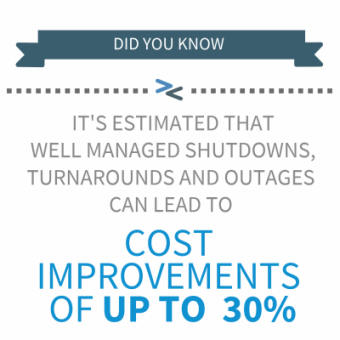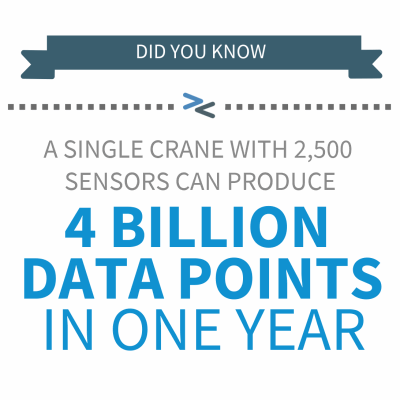

Unplanned downtime is a dreaded nightmare for any manufacturing business. In fact, McKinsey estimates that "outages typically consume between a third and half of the overall maintenance budget and can reduce annual production volume by 5 to 10 percent." But can unplanned shutdowns be avoided?
Imagine a solution that could bring an end to this recurring nightmare. What if big data, artificial intelligence, machine learning, and predictive analytics could be combined to solve all your problems? Predictive analytics can provide a window into the future of asset performance. This AI-enabled control and management mean that maintenance can be shifted from reactive and unplanned to proactive and optimized.
The power of AI lies in its ability to analyze and synthesize massive amounts of data and produce actionable insights and predictions about the future behavior of an asset or a plant. Every asset you own or operate is a treasure trove of data just waiting to be analyzed and optimized. The beauty of predictive industrial analytics is that it unlocks the latent potential of the data that would otherwise lay dormant.
AI gives us a powerful tool to consider huge numbers of variables to find correlations between them and with high degrees of accuracy to predict when equipment failure may occur. By comparing expected operation to actual operation, anomalies detected can provide meaningful, actionable insight, often within minutes.

The old maintenance paradigm was simple: wait until something breaks, make sure you have plenty of spares inventory, react only when necessary. But with the advent of Industry 4.0, a new age of maintenance has been ushered in - this time led by industrial analytics powered by Artificial Intelligence.
We've seen it first hand on a offshore plant that suffered with a dreaded tripping incident for two years. Each trip resulted in a twenty-four hour unplanned shutdown, and its root cause evaded an entire team of data scientists and engineers. AI models were trained using OPUS, to analyse twelve months worth of data, rapidly identifying the root causes. The client implemented the necessary interventions, which prolonged the assets uptime and saved the company over twenty one million US dollars.
Thanks to the power of the technology now available, the story of shutdowns can have a new ending. It's becoming more and more apparent that predictive analytics may just be the best way forward for companies to transform their asset management.
Discover more case studies or explore our AI Predictive Maintenance solution.

Four factors to consider when choosing a predictive maintenance solution for your manufacturing or process plant
Read ArticleInterested in a demo of one of our data solution products?
DataHUB4.0 is our enterprise data historian solution, OPUS is our Auto AI platform and OASIS is our remote control solution for Smart Cities and Facilities.
Book your demo with our team today!
Ready to embark on a pilot project or roll-out AI innovation enterprise wide? Perhaps you need assistance integrating your systems or storing your big data? Whatever the situation, we are ready to help you on your digital transformation.
The efficient deployment, continuous retraining of models with live data and monitoring of model accuracy falls under the categorisation called MLOps. As businesses have hundreds and even.
Learn more about DataHUB+, VROC's enterprise data historian and visualization platform. Complete the form to download the product sheet.
Discover how you can connect disparate systems and smart innovations in one platform, and remotely control your smart facility. Complete the form to download the product sheet.
'OPUS, an artistic work, especially on a large scale'
Please complete the form to download the OPUS Product Sheet, and discover how you can scale Auto AI today.
Interested in reading the technical case studies? Complete the form and our team will be in touch with you.
Subscribe to our newsletter for quarterly VROC updates and industry news.